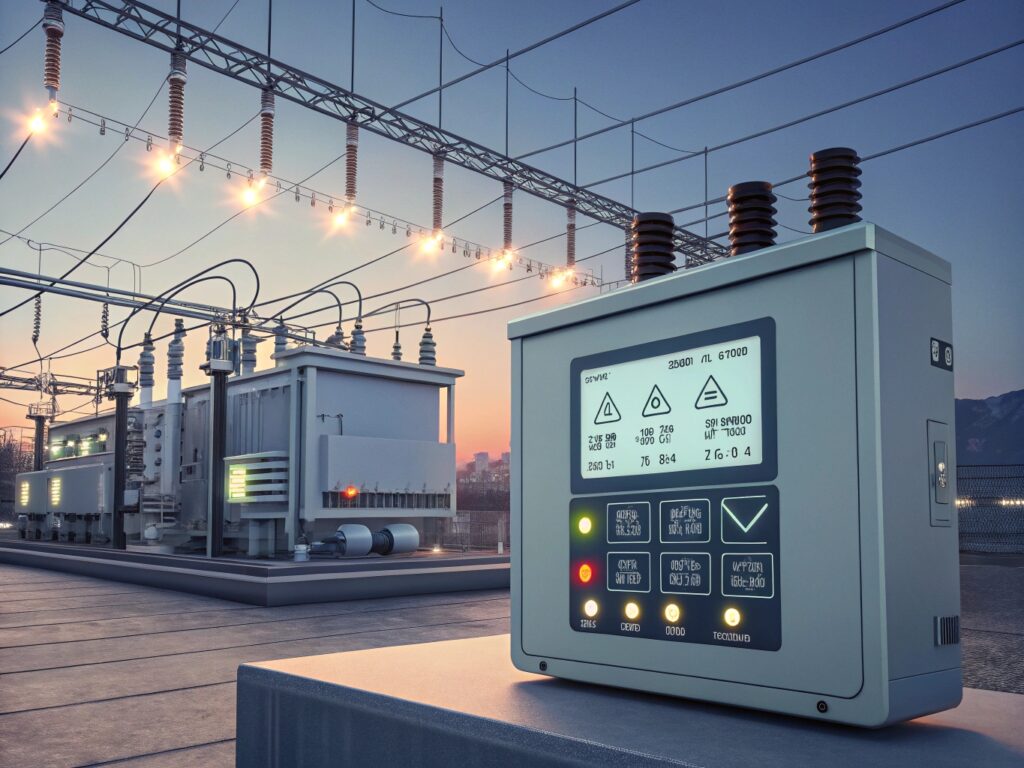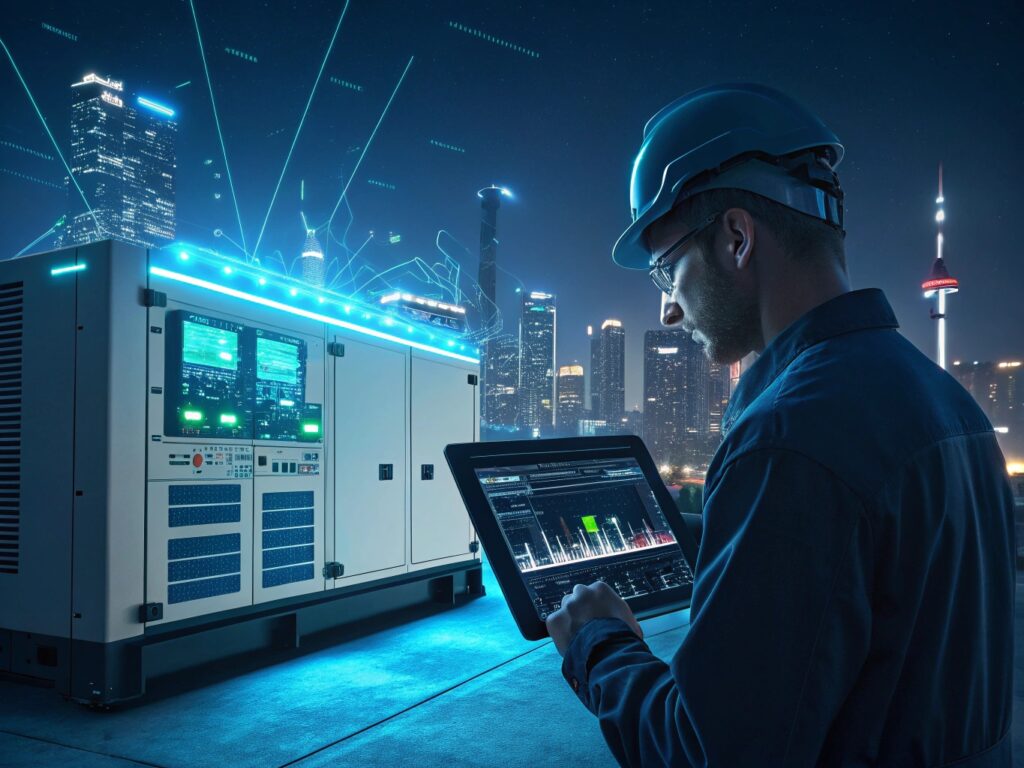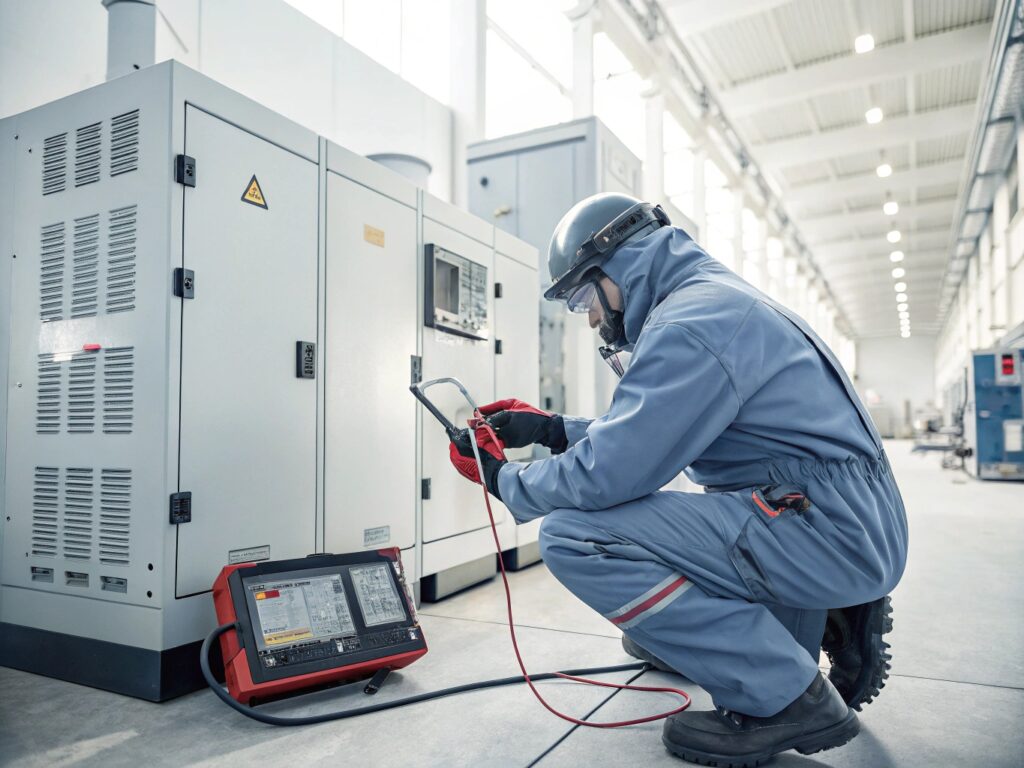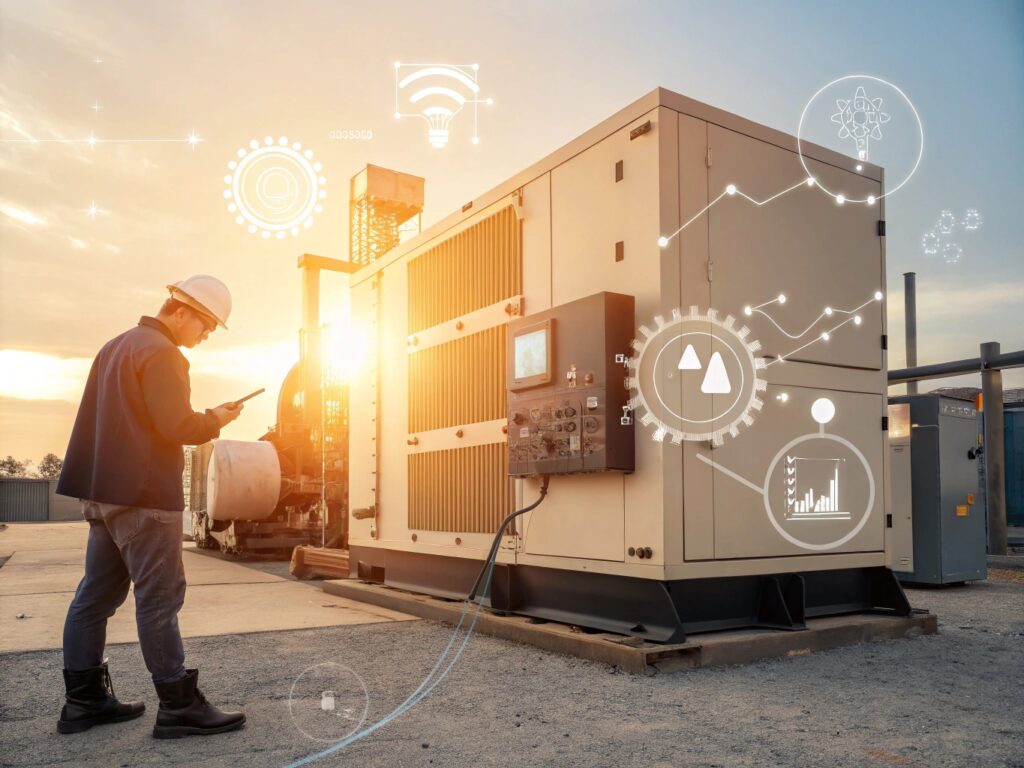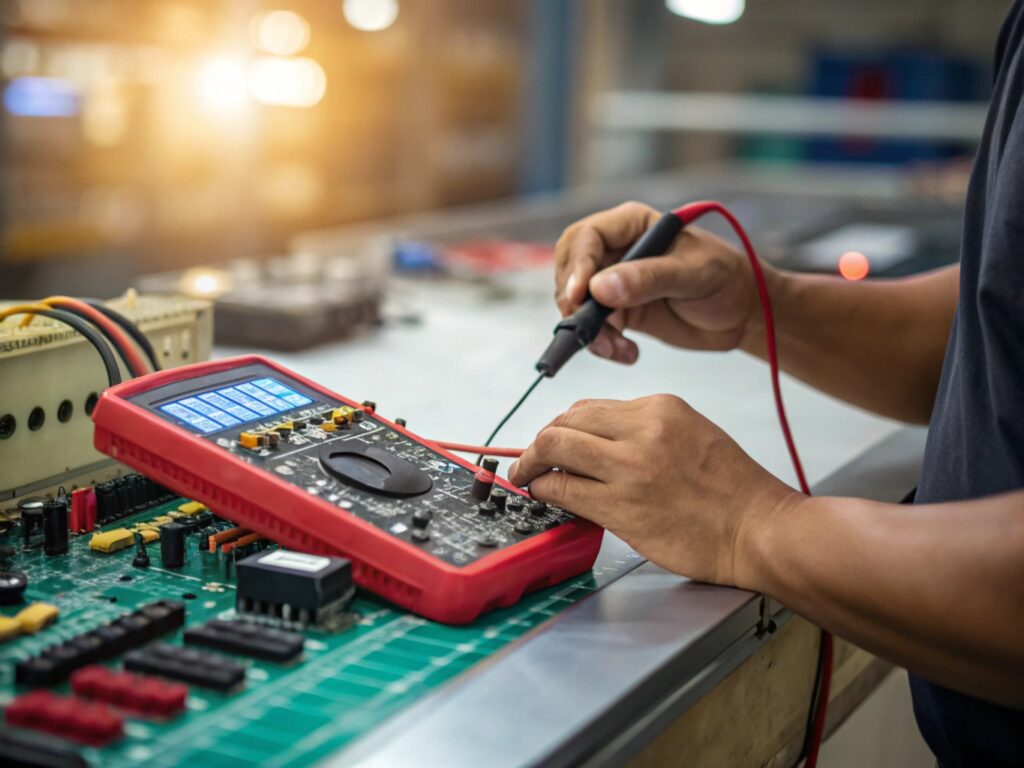
Generators are critical for maintaining power during outages, but AVR issues can cause unexpected failures. Ignoring these problems can lead to costly downtimes and damage. Let's tackle these challenges head-on.
The best way to troubleshoot AVR problems is to identify common symptoms, test critical components, and follow a step-by-step process to resolve the issue effectively.
Let me guide you through understanding AVR problems and practical solutions to fix them.
What are the most common AVR problems in generators?
Automatic Voltage Regulators (AVRs) are key components, but they often encounter similar issues across different models. Understanding these can save time.
The most common AVR problems include voltage fluctuations, failure to maintain output, overheating, and incorrect calibration.

AVR issues:
- Voltage Fluctuations: Caused by loose connections or component failure.
- Solution: Inspect wiring and ensure secure connections. Replace faulty parts.
- Failure to Maintain Output: Often due to worn-out capacitors.
- Solution: Test capacitors with a multimeter and replace if needed.
- Overheating: Caused by overloading or poor ventilation.
- Solution: Check the load and provide adequate airflow to the generator.
- Incorrect Calibration: Leads to unstable voltage.
- Solution: Recalibrate the AVR as per the manufacturer's guide.
How do you perform a step-by-step AVR troubleshooting process?
Having a structured approach is essential for resolving AVR problems efficiently.
Troubleshooting AVRs involves inspecting symptoms, testing components, and systematically addressing the root cause.
Step-by-step troubleshooting guide:
Step 1: Visual Inspection
- Check for burnt smells, melted components, or loose wires.
- Inspect the generator for external damage or debris.
Step 2: Test Voltage Output
- Use a multimeter to check the generator's output voltage.
- Compare readings against the rated specifications.
Step 3: Check Connections
- Ensure all cables and terminals are securely fastened.
- Use contact cleaner to remove oxidation or dirt from connections.
Step 4: Inspect AVR Components
- Test capacitors, resistors, and diodes for functionality.
- Replace any damaged parts.
Step 5: Recalibrate AVR
- Follow the user manual to adjust voltage settings.
- Confirm stability through multiple test runs.
How can you prevent AVR problems in generators?
Prevention is better than troubleshooting. Regular maintenance can keep AVRs running efficiently.
Preventative maintenance includes routine checks, ensuring proper loads, and keeping components clean and well-ventilated.
Key preventative measures:
-
Regular Maintenance Schedule
- Inspect generator components monthly.
- Test the generator under load quarterly.
-
Proper Usage
- Avoid overloading the generator.
- Use compatible AVRs designed for the generator model.
-
Environmental Protection
- Operate generators in clean, dry, and ventilated areas.
- Protect against moisture, dust, and extreme temperatures.
-
Monitor Performance
- Install monitoring devices to track voltage and performance.
- Address minor issues before they escalate.
Conclusion
By understanding common AVR problems, following a systematic troubleshooting process, and adopting preventative measures, you can ensure your generator operates reliably. A proactive approach saves time, money, and headaches in the long run.



